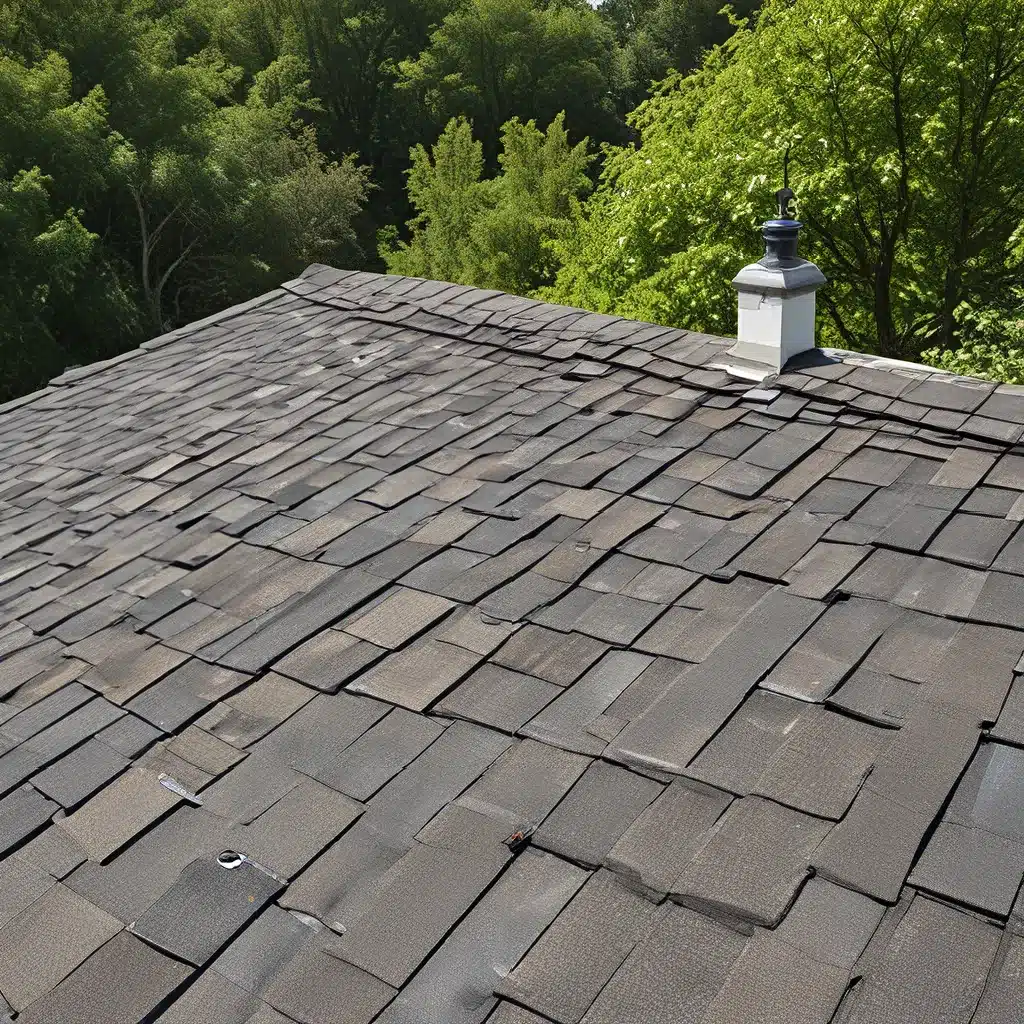
Dive Into the Verdant World of Green Roofs
I’ve always been fascinated by the incredible versatility of roofs. These often overlooked architectural wonders can do so much more than just keep the rain and snow at bay. In fact, when we start thinking beyond the traditional asphalt or shingle-clad rooftops, a whole new realm of possibilities opens up – and let me tell you, it’s nothing short of awe-inspiring.
Enter the world of green roofs. These are rooftops intentionally covered in vegetation, ranging from lush gardens to hardy, low-maintenance plants. And let me be the first to tell you, these living, breathing rooftops are not just a passing trend – they’re a game-changer that’s transforming the way we think about our urban landscapes.
Recent studies have shown that green roofs can unlock a veritable treasure trove of benefits, from boosting your home’s value to providing vital habitats for urban wildlife. But the true magic lies in their ability to tackle some of the biggest environmental challenges we face today. Think of them as nature’s superheroes, quietly working behind the scenes to make our cities more sustainable, resilient, and downright beautiful.
Reaping the Rewards of Eco-Friendly Roofing
So, what exactly can a green roof do for you and your community? Let me break it down:
Stormwater Management: With their soil and vegetation, green roofs act like sponges, absorbing and slowing the flow of rainwater. This is a game-changer in areas with combined sewer systems, helping to prevent the dreaded combined sewer overflows that can dump raw sewage into local waterways. Research has shown that green roofs can be a valuable part of the solution to this pressing urban challenge.
Urban Heat Island Mitigation: Have you ever noticed how city centers seem to be way hotter than the surrounding suburbs? That’s the urban heat island effect in action – and green roofs are here to save the day. The vegetation and soil on a green roof help to cool the air through evapotranspiration, reducing the overall temperature of the building and its surrounding area. This can lead to significant savings on your energy bills and make your city a more comfortable place to live.
Biodiversity Boost: Believe it or not, green roofs can also be a haven for urban wildlife. From buzzing bees to fluttering butterflies, these elevated gardens provide crucial habitat and food sources for all sorts of critters. Experts argue that biodiversity should be a top priority when planning green infrastructure, as it’s vital for our survival as a species.
Improved Air Quality: By absorbing air pollutants and trapping particulate matter, green roofs can help purify the air we breathe. This is especially important in dense urban areas where vehicle emissions and industrial activities create a toxic cocktail of smog and grime. Think of your green roof as a natural air filter, keeping your community’s lungs healthy.
Energy Efficiency: The insulating properties of green roofs work both ways – they can keep your building cool in the summer and warm in the winter. This means you’ll spend less on heating and cooling, reducing your carbon footprint and your utility bills. It’s a win-win situation!
Aesthetic Appeal: Let’s not forget the sheer beauty of a lush, verdant rooftop. These living landscapes can transform drab, uninspiring buildings into vibrant, eye-catching landmarks. Imagine sipping your morning coffee while gazing out over a sea of greenery – it’s enough to make even the grumpiest urbanite smile.
Overcoming the Challenges of Green Roof Adoption
Now, I know what you’re thinking – with all these amazing benefits, why aren’t green roofs popping up everywhere? Well, my friends, the truth is that despite their tremendous potential, there are still a few hurdles to overcome.
Cost and Feasibility: The upfront cost of installing a green roof can be a significant barrier, especially for smaller buildings or those with tight budgets. And let’s not forget the structural considerations – not every roof is designed to support the additional weight of soil and vegetation. Researchers have noted that these infrastructure and financial constraints can limit where green roofs are feasible.
Maintenance and Irrigation: Green roofs require ongoing care and attention to keep them thriving. Watering, weeding, and other maintenance tasks can add to the long-term costs. And in drier climates, the need for irrigation can be a real challenge.
Awareness and Education: Many people are still unfamiliar with the concept of green roofs and their myriad benefits. Raising awareness and educating the public, policymakers, and building professionals is crucial to driving wider adoption.
Policy and Incentives: While some cities have implemented incentives and policies to encourage green roof installation, these efforts are not yet widespread. Research suggests that targeted policies and financial incentives could be the key to unlocking the full potential of green infrastructure across urban landscapes.
The Future of Eco-Friendly Roofing
Despite these obstacles, I’m optimistic about the future of green roofs. As more people become aware of their incredible benefits and as new technologies and design solutions emerge, I believe we’ll see a surge in green roof adoption in the years to come.
Just imagine a city where every rooftop is a verdant oasis, providing vital habitat for pollinators, reducing stormwater runoff, and cooling the air. It’s a vision of the future that’s not only possible but necessary if we want to build more sustainable, resilient, and livable cities.
And you know what? I think you can be a part of this green revolution. Whether you’re a homeowner, a business owner, or a policymaker, there are ways you can get involved and help make this dream a reality.
So, what are you waiting for? It’s time to start exploring the incredible potential of eco-friendly roofing and unlock the hidden riches that lie just overhead. Who knows, your roof could be the key to a greener, healthier, and more prosperous future.